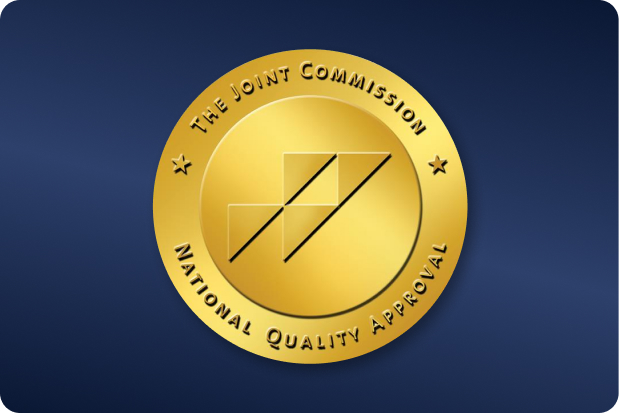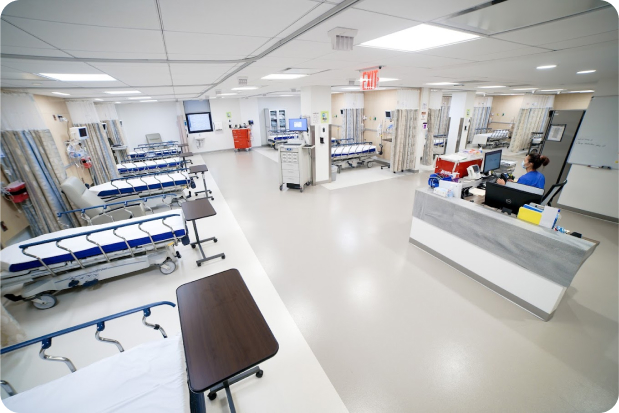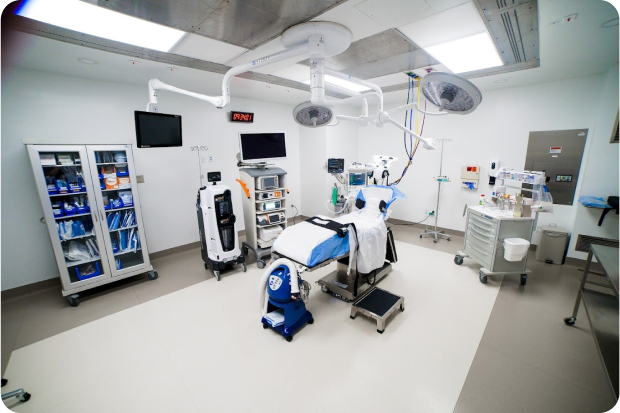 OUR LOCATIONSCall to book (212) 604-1300
OUR LOCATIONSCall to book (212) 604-1300
 OUR LOCATIONSCall to book (212) 604-1300
OUR LOCATIONSCall to book (212) 604-1300
Table of contents
The celiac plexus, often referred to as the “solar plexus,” is a dense network of nerves located in the upper abdomen. It serves as a central hub for pain and sensory signals from abdominal organs such as the stomach, intestines, pancreas, liver, and kidneys. This nerve cluster plays a key role in controlling functions like digestion and sending pain signals when something goes wrong with an organ in the area.
A celiac plexus block is a procedure where medication is injected directly into the celiac plexus. Typically, a local anesthetic or alcohol is used to block the pain signals sent by these nerves. This celiac plexus nerve block can provide significant relief for patients whose pain hasn’t been managed by other treatments. It is especially helpful in improving quality of life by reducing abdominal discomfort.
Here’s a simple step-by-step instruction to understanding this process.
Medication injection. Once the needle is in its designated place, a local anesthetic or alcohol is injected into the celiac plexus. This blocks the pain signals, providing relief from abdominal discomfort
This procedure usually takes from 30 to 60 minutes, and most patients go home the same day. For those seeking a celiac plexus nerve block in New York City, it’s a reliable option, especially for managing pain caused by conditions like pancreatitis or cancer.




During the celiac plexus block procedure, correct and precise needle placement is crucial for the safety of the treatment. To achieve pain-relieving results, doctors rely on imaging techniques such as CT scans or fluoroscopy.
CT scans provide cross-sectional images of the body, allowing to visualize the anatomy and locate the celiac plexus with accuracy. The other option – a fluoroscopy method – uses real-time X-ray imaging to guide the needle as it’s inserted, offering continuous feedback to ensure the needle is correctly positioned.
Both of these methods of imaging are essential to minimize the risk of injury to nearby organs and ensure that the anesthetic or alcohol is injected exactly where it has to be placed. Proper navigation during the celiac plexus block procedure enhances its effectiveness, leading to better pain relief and a safer experience for the patient.
Depending on the patient’s needs and the desired outcome, different types of injections can be used during the celiac plexus block procedure. The primary injection is typically a diagnostic one, using an anesthetic such as lidocaine, which helps temporarily block pain signals. This initial injection allows the doctor to confirm whether the procedure will provide pain relief or not.
In some cases, steroids, which are known as the most effective anti-inflammatory drugs, are also injected to provide longer-term relief. These help manage pain and inflammation that may arise from such pathological processes as chronic pancreatitis and, sometimes, more serious conditions such as cancer.
Alcohol can also be used as a neurolytic agent for longer-lasting results. This substance essentially “freezes” the nerves, offering a more prolonged pain-blocking effect. By directly targeting the celiac plexus, this blocking procedure can significantly reduce abdominal pain, improving the patient’s quality of life.
After the celiac plexus block procedure, some temporary side effects may arise as the body adjusts to the injected drug. The most common symptoms are general weakness and mild numbness in the abdominal area, which gradually fades within a few hours after the procedure. Some patients also report having a diarrhea.
Pain relief effect can vary: some individuals feel a reduction in pain almost immediately, while for others it may take a few days to develop a full effectiveness of this intervention. The celiac plexus block procedure often results in long-lasting relief from chronic abdominal pain.
It’s very important to rest and avoid any tiring physical activity to allow the body time to fully heal for a few days after the procedure. Patients are usually advised to avoid driving or operating heavy machinery until the effects of any sedative medications have worn off. If the procedure was completed successfully, patients can gradually get back to normal activities as they feel comfortable.
A celiac plexus block is a great treatment option for patients dealing with chronic abdominal pain from a variety of conditions such as:
It’s also widely used for individuals with chronic pancreatitis as the constant inflammation in the pancreas can lead to persistent discomfort.
Dealing with constant abdominal pain can be overwhelming and devastating. The celiac plexus block might be the solution you need to finally take control of the pain. This procedure has helped countless people with a variety of conditions – ranging from mild abdominal pain to those battling with cancer – to find their long-lasting relief. If you’re in New York City, booking a consultation for a celiac plexus nerve block is simple. Reach out to New York Pain Care today to learn more about the celiac plexus block procedure and how it could improve your day-to-day life for the better.
New York Pain Care
20 Squadron Blvd, Suite 290
New City, NY 10956
(212) 242-8160






